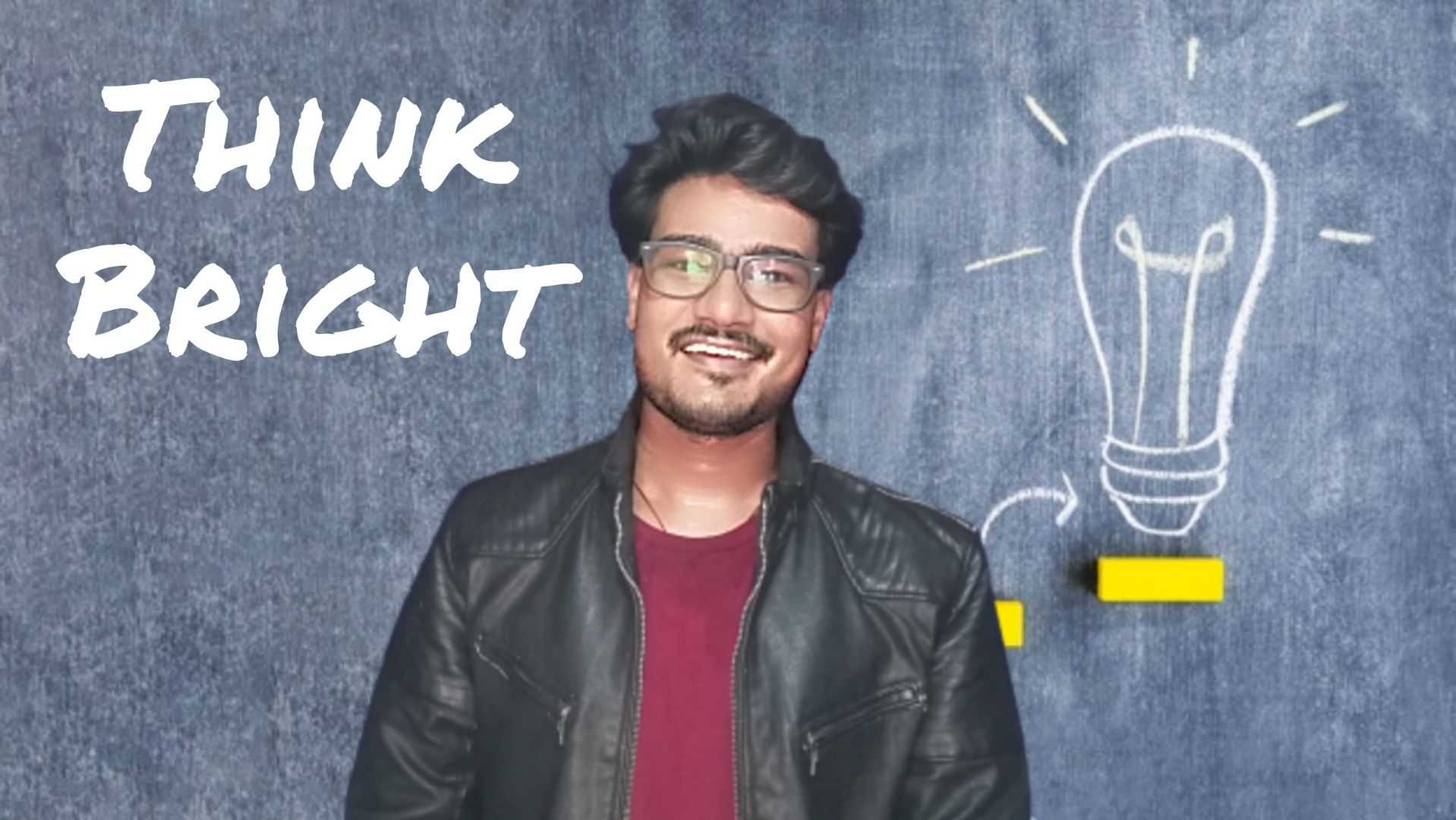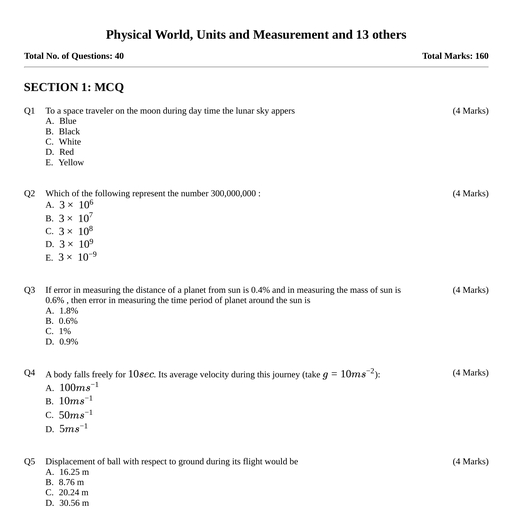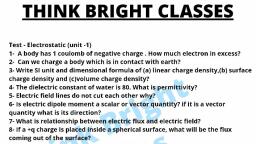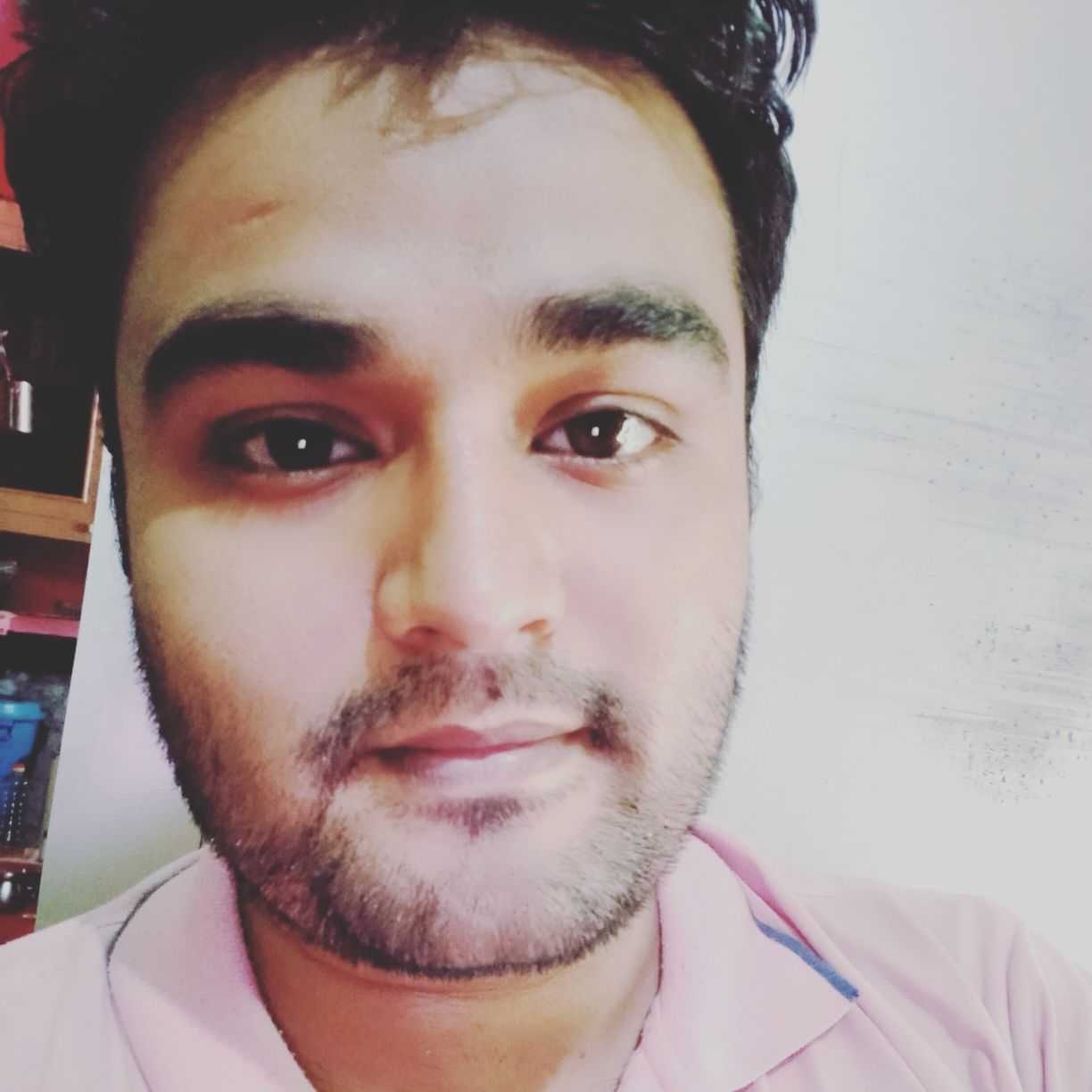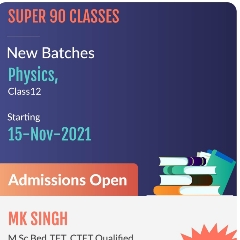Question 1 :
A ray of light coming parallel to the principal axis after passing through a convex lens, has passed through its :
Question 2 :
The power of two convex lenses $A$ and $B$ are $8$ diopters and $4$ diopters respectively. If they are to be used as a simple microscope, the magnification of
Question 3 :
The power of a lens is $+2.0D$. Find its focal length and state the kind of the lens.<br>
Question 4 :
The image of an object formed by a device isalways virtual and small. The device may be
Question 6 :
The focal length of a convex lens is $5\,cm$,where should the object be placed to get  a real image with same size as that of object:
Question 7 :
A thin convex lens of focal length $10\ cm$ is placed in contact with a concave lens of same material and of same focal length. he focal length of combination will be
Question 9 :
State whether true or false:The angle of incidence is always smaller than angle of refraction when a ray travels from air to glass, at an oblique angle
Question 10 :
When a drop of oil is spread on a water surface, it displays beautiful colours in daylight because of :
Question 11 :
The focal length of the objective of a telescope is $60$ cm. To obtain a magnification of $20$ for the relaxed eye, the length of telescope should be
Question 12 :
Find out the correct option from the following.<br>(a) The magnification is positive for all virtual images and is negative for all real images.<br>(b) The magnification of concave lens and convex mirror is always positive where as the magnification of convex lens and concave mirror can be positive or negative depending on the position of the object before the lens.<br>
Question 13 :
An object 20 cm from a concave mirror form an image, double the size of the object, on a screen. How far should the screen be placed from the mirror? 
Question 14 :
State whether true or false :A concave lens is used as a magnifying glass
Question 16 :
Find the nature of image when an object is placed at $2f$ from the pole of a convex mirror of focal length $f$
Question 17 :
Which of the lenses with focal length 10 cm, 20 cm, 25 cm and 50 cm has maximum power?
Question 18 :
A double convex lens of glass of $\mu_1.5$ has radius of curvature of each of its surface is $0.2\ m$. The power of the lens is
Question 19 :
Assertion: Thinner lenses have smaller power.
Reason: Power is directly proportional to the focal length
Question 20 :
A plane light  wave travelling with velocity '$v$' in a medium A reaches a point on the interface of medium A and medium B. If velocity of sound in medium B is $2v$, the angle of incidence for total internal reflection of the wave will be greater than _____. $(\sin 30^o=0.5$ and $\sin 90^o=1)$
Question 21 :
An image of a bright square is obtained on a screen with the aid of a convergent lens. The distance between the square and the lens is $40\ cm$. The area of the image is nine times larger than that of the square. Select the correct statement(s).
Question 22 :
A small object of linear dimension $x$ lies on the axis of an optical mirror of local length $f$ at a distance $a$ from mirror. The linear dimension of image:
Question 23 :
A point object is placed on the principal axis of the convex lens of focal length 20cm at a distance 40 cm to the left on it. The diameter of the lens is 10cm. If the eye is placed 60cm to the right of the lens at a distance h below the principal axis, then max value of 'h' to see the image is
Question 24 :
A $4.5 cm$ needle is placed $12 cm$ away from a convex mirror of focal length $15 cm$. Find the location of the image and the magnification.
Question 25 :
The diameter of the reflecting surface of spherical mirror is called ..............
